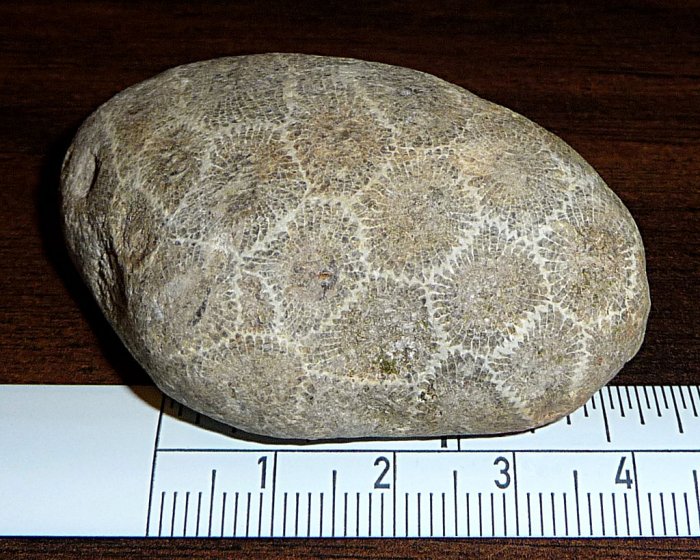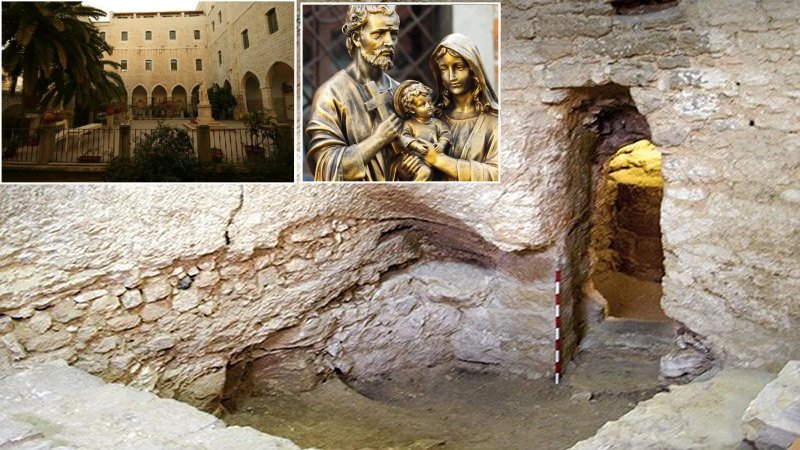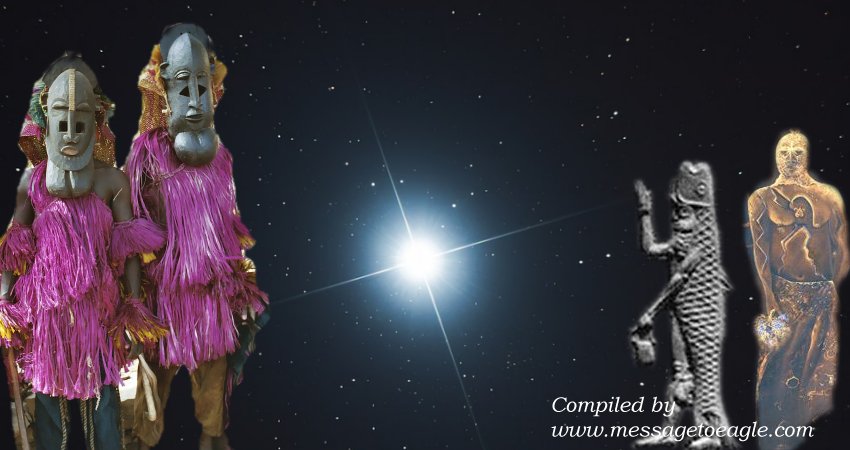Beautiful Petoskey Stones Formed Through Glaciation Over 350 Million Years Ago
MessageToEagle.com – The beautiful and unique Petoskey stone is Michigan’s official state stone. The stones were formed over 350 million years ago through glaciation during the Devonian period.
The name Petoskey originated late in the 18th century and comes from an Ottawa Indian Chief, Chief Pet-O-Sega. The city of Petoskey, Michigan, is also named after him, and is the center of the area where the stones are found.
According to legend, Petosegay was a descendant of French nobleman and fur trader, Antoine Carre and an Ottawa princess.
Petosegay, meaning “rising sun”, “rays of dawn” or “sunbeams of promise”, was named after the rays of sun that fell upon his newborn face.
Petosegay was a wealthy fur trader who gained much land and acclaim for himself and his tribe. In time, he met and married an Ottawa Indian princess.Carre with whom he had two daughters and eight sons. He became known to the Indians as Neatooshing. Later he was adopted by the tribe and made chief.

In the summer of 1873, just a few years before the death of Petosegay, a city came into being on his land along the bay at Bear Creek. The site was a field overgrown with June grass. Only a few nondescript buildings existed. The population was no more than 50 or 60. The city was named Petoskey, an English adaptation of Petosegay. Thus they honored someone who gave his land, name, and the heritage of “sunbeams of promise”
See also:
Strange Hoodoos – Living Growing Stones – An Incredible Geological Phenomenon
Mysterious Stone Of The Sky God: Krishna’s Butter Ball Defies All Laws Of Physics
This remarkable stone is rock and a fossil, often pebble-shaped, that is composed of a fossilized rugose coral, Hexagonaria percarinata. Hexagonaria percarinata consists of tightly packed, six-sided corallites, which are the skeletons of the once-living coral polyps. The center of each polyp was the mouth and contained tentacles that reached out for food. The hexagon shape of each cell and thin lines radiating out from the dark “eye” in the center are distinguishing features unique to this fossil. In a roundabout way they also helped determine its common name, Petoskey.
The Petoskey stones are commonly found on beaches and in sand dunes. The most popular place for hunting Petoskey Stones is a Lake Michigan beach. It is said that the best time of year to find these tones is spring, after the sheets of ice have churned things up and uncovered specimens that they have pushed against the shore.
MessageToEagle.com
Related Posts
-
 Taking Photographs Of Past Events: Still Science Fiction Or Reality Soon?
No Comments | Oct 29, 2020
Taking Photographs Of Past Events: Still Science Fiction Or Reality Soon?
No Comments | Oct 29, 2020 -
 Francesco Lentini: The Three-Legged Wonder Man With Four Feet And 16 Toes Who Became A Celebrity
No Comments | Feb 24, 2017
Francesco Lentini: The Three-Legged Wonder Man With Four Feet And 16 Toes Who Became A Celebrity
No Comments | Feb 24, 2017 -
 Legendary Harald ‘Bluetooth’ King of Denmark – ‘Who Made The Danes Christian’
No Comments | Oct 10, 2015
Legendary Harald ‘Bluetooth’ King of Denmark – ‘Who Made The Danes Christian’
No Comments | Oct 10, 2015 -
 Is Death A Dream Or Illusion?
No Comments | Mar 29, 2015
Is Death A Dream Or Illusion?
No Comments | Mar 29, 2015 -
 Why We Can Assume Machu Picchu Is Older Than The Inca
No Comments | Mar 27, 2020
Why We Can Assume Machu Picchu Is Older Than The Inca
No Comments | Mar 27, 2020 -
 Boss Great Wall: Gigantic Wall Of Galaxies Located In Deep Space
No Comments | Sep 21, 2016
Boss Great Wall: Gigantic Wall Of Galaxies Located In Deep Space
No Comments | Sep 21, 2016 -
 Childhood Home Of Jesus May Have Been Found Underneath The Sisters Of Nazareth Convent
No Comments | Nov 24, 2020
Childhood Home Of Jesus May Have Been Found Underneath The Sisters Of Nazareth Convent
No Comments | Nov 24, 2020 -
 Inside Eisinga Planetarium – World’s Oldest Working Planetarium – Built To Stop Doomsday Prophecies
No Comments | Nov 25, 2015
Inside Eisinga Planetarium – World’s Oldest Working Planetarium – Built To Stop Doomsday Prophecies
No Comments | Nov 25, 2015 -
 Time Travel And Parallel Universes: A Discussion Between A Scientist And A Literature Professor
No Comments | May 27, 2017
Time Travel And Parallel Universes: A Discussion Between A Scientist And A Literature Professor
No Comments | May 27, 2017 -
 Humanity’s Secret Ancient Connection With Sirius – Did Ancient Aliens Come From The Dog Star?
No Comments | Sep 2, 2020
Humanity’s Secret Ancient Connection With Sirius – Did Ancient Aliens Come From The Dog Star?
No Comments | Sep 2, 2020
